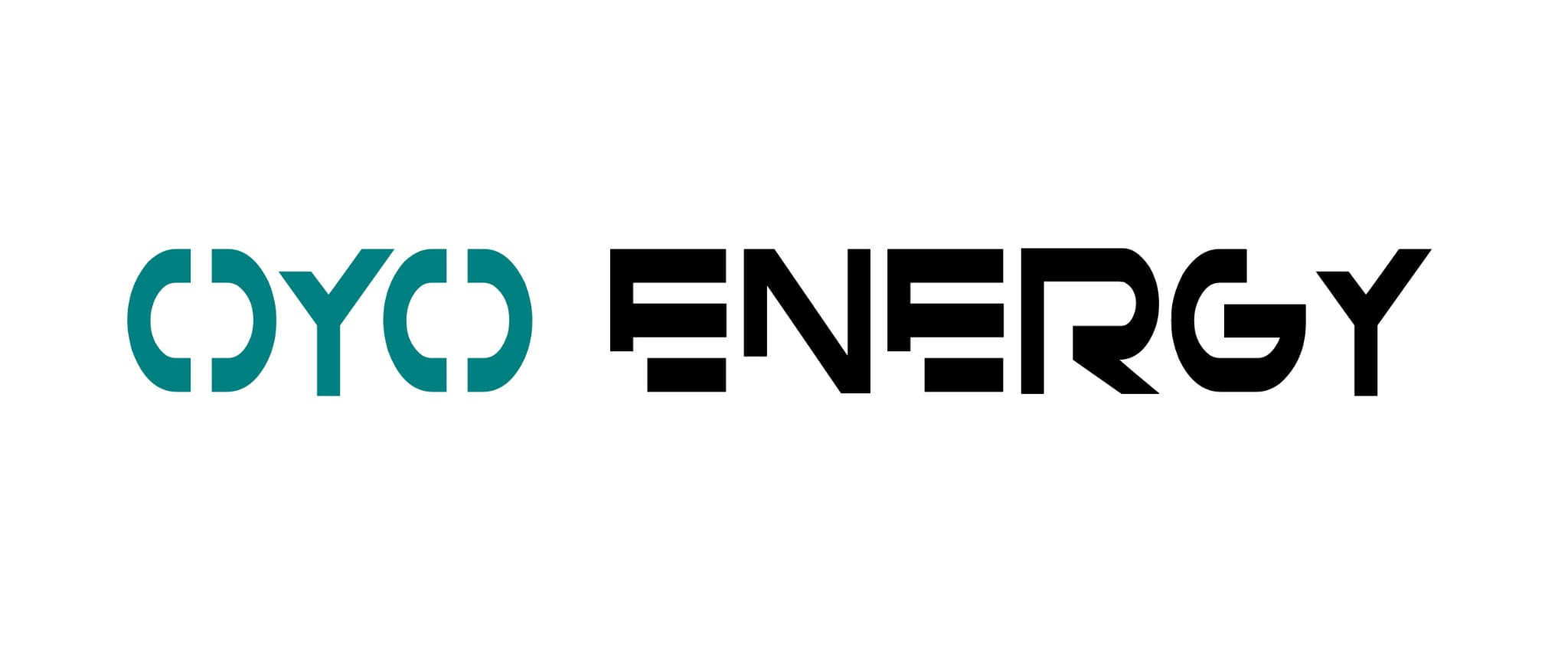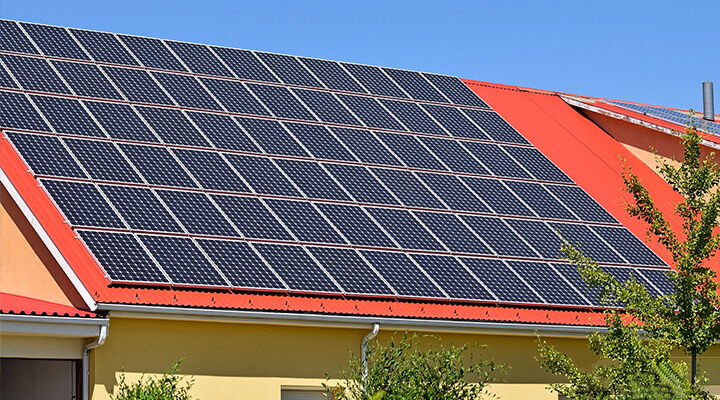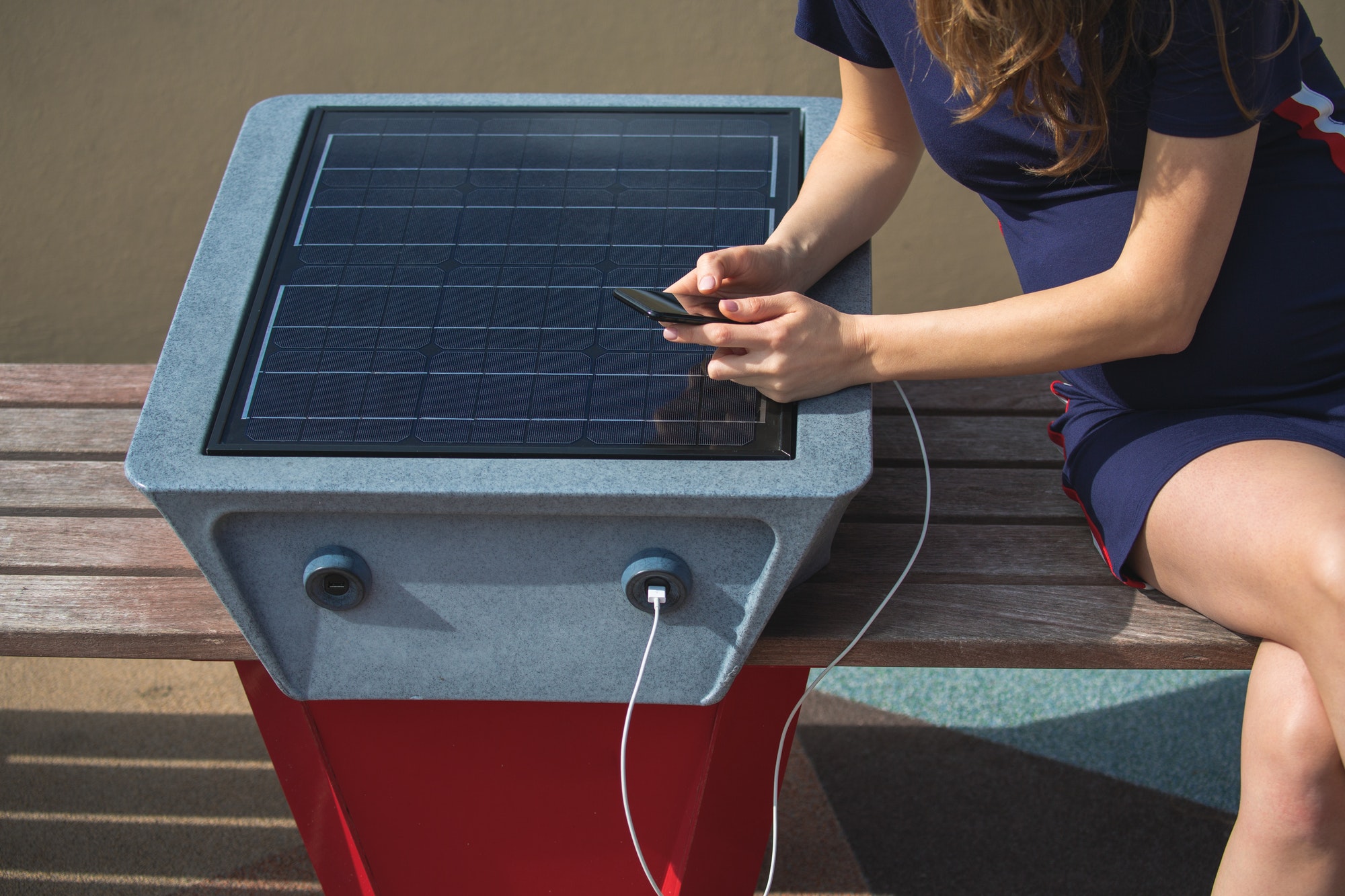Solar Energy is abundant and renewable but harnessing it at an affordable cost has been an expensive proposition for the average homeowner. That’s why solar panels are expensive, right? Not necessarily.
Today’s solar panels are a far cry from the first versions introduced in the 1970s. Thanks to new production techniques, they’re also much more efficient than their predecessors. Prior to the invention of modern manufacturing processes, early photovoltaic cells were constructed by hand and cost thousands of pounds. Modern solar panels can be made for as little as 0.25p per watt after production costs are split between suppliers and manufacturers. The materials needed to build a solar panel are fairly inexpensive once you know where to look. They include:
Silica wafers
Silicon is the building block of modern solar panels. It’s used to make photovoltaic cells that convert sunlight into electricity, copper wiring, and aluminum frames. Silicon is commonly found in sand, where it exists in its purest form. The main challenge with mining silicon is extracting it in large amounts. This can be accomplished through a process called chemical vapor deposition. First, engineers use carbon to create a thin layer of pure silicon on an iron plate. Then the iron plate is placed inside a vacuum chamber and a silane (silicon tetra-fluoride) gas is released. The silicon vapor flows over the iron plate and deposits a coating of silicon on it. The iron plate is then removed from the chamber and baked in an oven. The iron plate is now covered in a thin silicon coating.
Copper
Manufacturers use copper wire to connect solar cells and to transfer electricity from the solar panels to the home’s electrical system. Copper is an abundant and affordable metal. It’s easy to shape into wires without special equipment. Engineers select copper wires with a diameter of between 0.02 and 0.05 inches. The solar panel’s circuit board will direct the current from the cells to the load. This path is completed with either a copper wire or an aluminum wire. The copper wires are soldered to the electrical tabs on one end and to the cells on the other.
Environmentally-friendly silicone
For decades, rubber was used to seal the edges of solar panels. The rubber would dry out and crack, causing the panels to leak water and lose efficiency. Today, manufacturers use silicone to create a rubber-like seal that lasts much longer. Silicone is flexible and doesn’t crack. It can withstand high temperatures and is available in a variety of colors.
Silicone is safe for the environment and can be recycled. Engineers mix silicone with pigments to create panels that match the color of the housing. It’s also blended with other materials to create a water-resistant seal. Silicone is also used to create mounting rails that hold solar panels in place. The rails are usually made from aluminum or steel.
Aluminum and steel
While aluminum and steel are used to make the frames for solar panels, they are also the foundation upon which the silicone seal sits. Aluminum is an abundant metal found in bauxite, which is a naturally occurring ore. It’s easy to shape, weld, and machine. Aluminum is also lightweight, which makes it ideal for frames. Steel is more difficult to work with, but it’s available in larger sizes.
Photovoltaic cells
There are two types of solar photovoltaic cells: monocrystalline silicon and polycrystalline silicon. Monocrystalline cells are more expensive to produce, but they are more efficient than polycrystalline cells. Engineers place silicon into a growth chamber and heat it to create a single-crystal silicon wafer. They then remove the wafer from the chamber and let it cool.
The single-crystal silicon is layered with copper, other metals, and a paste that helps conduct electricity. The single-crystal silicon is then baked, cut into shape, and mounted on a circuit board. Once the cells are installed in the solar panels, engineers use an electrical current to test for any shorts or open circuits.
Isolators and condensers
An isolator is used as a surge protector for solar panels. It’s made out of a type of polyester with high dielectric strength. Isolators are placed in the circuit to absorb excess current in the event of a short circuit. A condenser is a type of capacitor that regulates current flow in the panels’ electrical system.
Power conditioning module
The power conditioning module is a small box that allows the solar panels to connect to the home’s electrical system. Engineers use a distribution board to wire the different components together. They place the panel’s circuit board inside the box and connect the wires to the circuit board using connectors. The power conditioning module has breakers that protect the solar panels from short circuits and surges. It also contains a transformer to step down the voltage to a level that can be used by the home’s electrical system.
Once all of the panels are connected to the power conditioning module, they are ready to be installed on the roof. Engineers connect the panels to the home’s electrical system with an inverter and transfer switch. The inverter steps down the voltage from the panels to a usable level and sends it to the electrical system. The transfer switch switches the panels to the main electrical system when the sun is shining. Solar panels are made from a variety of materials that can be purchased at a reasonable cost.




